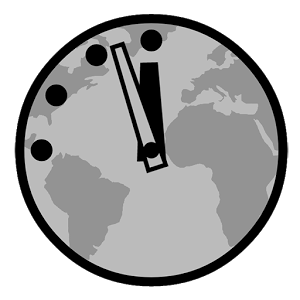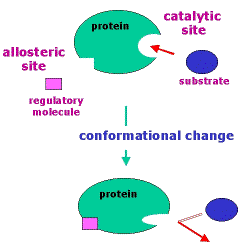 Unlike the genetic type of text, the external symbolic type can be reproduced, modified and shared almost at will. The symbolic species can thus develop external guidance systems. Such a system amounts to a common heritage which remains external to the individuals guided by it. Each of them can read and internalize its symbolic ‘maps,’ incorporating them as habits and expressing them in real time as actual behavior. If the maps or texts fall out of synch with current experience, they can be changed promptly and purposefully – no more waiting for natural selection to guide the development of the guidance system. In this way cultural evolution makes a jump to warp speed, so to speak, compared to its biological predecessor.
Unlike the genetic type of text, the external symbolic type can be reproduced, modified and shared almost at will. The symbolic species can thus develop external guidance systems. Such a system amounts to a common heritage which remains external to the individuals guided by it. Each of them can read and internalize its symbolic ‘maps,’ incorporating them as habits and expressing them in real time as actual behavior. If the maps or texts fall out of synch with current experience, they can be changed promptly and purposefully – no more waiting for natural selection to guide the development of the guidance system. In this way cultural evolution makes a jump to warp speed, so to speak, compared to its biological predecessor.
Evolution has speeded itself up before, for instance with the advent of sexual reproduction. This innovation enlarged the space for variation of the genetic code: now each new individual represented a remix of the genotype, consisting of parts drawn from two genetic texts. Space for variation (or polyversity) is a prerequisite for evolution to be guided by selection; the advent of cultural variation, mediated by symbolic coding, entails a leap into hyperspace. But it also entails the challenge of learning to navigate this greatly expanded space.
Navigation, as before, is guided from within the organic system, so an external guidance system has to be partially internalized in order to do its job. To inhabit a cultural universe, or to adapt one’s habits to it, takes time. As the technology of producing, transferring and retrieving texts improves, they proliferate far faster than they can be incorporated into our behavior. No wonder we humans are so much more bewildered than our wild cousins, who aren’t distracted by symbolic media or inundated by floods of information. But they do suffer, to the point of extinction, from the effects of human bewilderment and our proliferation.
We are bewildered because we are still wild at the biological core of our being, and the core process of all learning – including evolution itself – works by trial and error. Cultural evolution through the proliferation of external guidance systems has enormously amplified the possibilities of trial, the polyversity of success, and the effects of error. The question now is whether we can learn enough from our trials to avoid being overtaken by the consequences of our errors.
One early attempt to map the urgency of this complex situation onto a simple graphic device was the Doomsday Clock, introduced by the Bulletin of the Atomic Scientists in 1947. On this clock, ‘midnight’ stood for a nuclear holocaust, and the imminence of the danger of such a catastrophe was represented by the position of the minute hand. Starting at 7 minutes to midnight, the Clock (i.e. the minute hand) was moved forward or back every few years to indicate changes in the global situation, as seen by conscientious members of the scientific community. In January 2007 a new dimension was added: the clock was moved up to 5 minutes to midnight (closer to ‘Doomsday’ than it had been since 1988), taking into account this time the threat of a gradual global-warming holocaust along with renewed dangers of a sudden nuclear catastrophe. The irony in all this is that the faculty which enables us to reduce such a complex situation to a simple symbol is the same faculty which enables us to make such a mess of the situation in the first place. By learning to map the implicit intricacy of life onto simple explicit symbols, we set the stage for artificial intervention into complex natural processes. Now we are learning how lethal such intervention can be.

 Turning to page 41 of The Restored Finnegans Wake, where
Turning to page 41 of The Restored Finnegans Wake, where